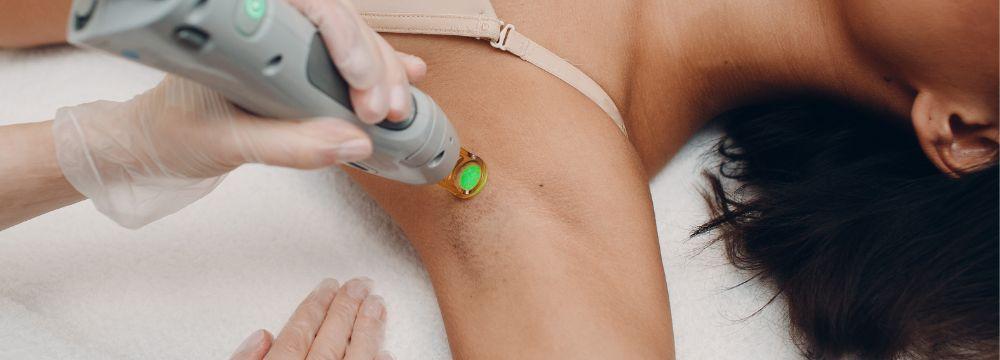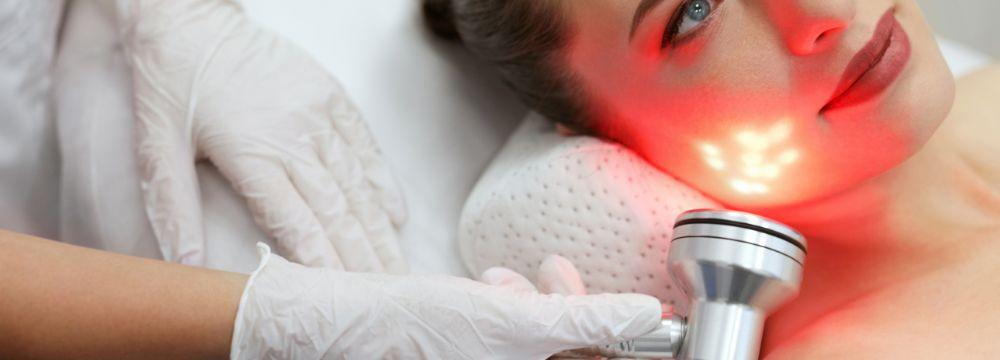Skin Cancer Removal and Treatment Options: Mohs Micrographic Surgery
One in five Americans will develop skin cancer over the course of their lifetime. According to the American Cancer Society, there will be more than 2 million cases of Basal cell and Squamous cell carcinomas and more than 75,000 cases of Melanoma each year. Those are pretty frightening, but very real statistics. This is why it’s important to take care of your skin and protect it against UV damage by using sunscreens and practicing sun avoidance.
It is very important know that skin cancer is easily treated when caught early. With Mohs Micrographic surgery, non Melanoma skin cancers can be can be effectively be removed and treated with a high success rate. Named for its originator and founder, Frederic E. Mohs, MD, Mohs micrographic surgery was developed in the 1930’s and is 99.9% effective in complete removal of the non Melanoma skin cancer.
The Mohs procedure is an outpatient procedure done under local anesthesia. The Mohs surgeon will remove the tumor with standard margins of normal tissue and the tissue is processed and prepared to be analyzed under the microscope to verify that all of the atypical cells have been removed. The processing of this tissue takes 45 minutes to a hour. If all of the atypical cells have been removed after the first removal then the next step will be to repair the surgical defect. If not clear then he process will start all over only where atypical cells are present.
The Mohs procedure is incredibly effective due to the careful and precise process of removing tissue layer by layer and examining it by microscope until only a cancer-free margin is seen under the microscope. Due to its high success rate, the majority of patients who undergo Mohs patients report not having to undergo additional surgeries to remove their non-Melanoma skin cancers. Mohs micrographic surgery is most known for:
- Complete cancer removal
- Minimizing the amount of healthy tissue removed
- Repairing the cancer site the same day as the tumor is removed in the most cosmetically pleasing way.
If you are currently diagnosed with a non-Melanoma skin cancer and would like to learn more about Mohs micrographic surgery, please contact our Anne Arundel Dermatology Surgery Center.




